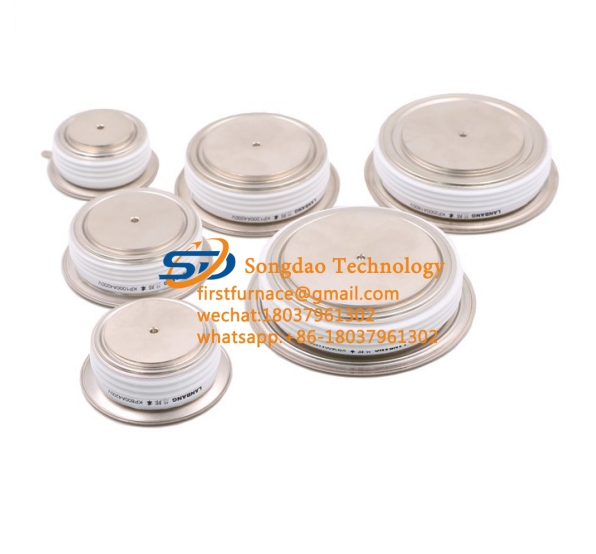- 04
- Nov
The main purpose of thyristor in the circuit?
The most basic use of ordinary silicon controlled rectifiers is controlled rectification. The familiar rectifier circuit is an uncontrollable rectifier circuit. If the diode is replaced by a silicon controlled rectifier, a controlled rectifier circuit can be formed. One of the simplest single-phase half-wave controllable rectifier circuit. During the positive half cycle of the sinusoidal AC voltage u2, if the control electrode of VS does not input the trigger pulse ug, the VS still cannot be turned on. Only when u2 is in the positive half cycle and the trigger pulse ug is applied to the control electrode, the thyristor is triggered to be turned on . If ug arrives early, the thyristor will turn on early; if ug arrives late, the thyristor will turn on late. By changing the arrival time of the trigger pulse ug on the control pole, the average value ul of the output voltage on the load can be adjusted. In technology, the half cycle of alternating current is often set as 180°, which is called electrical angle. In this way, in each positive half cycle of u2, the electrical angle experienced from the zero value to the moment of the trigger pulse is called the control angle α; the electrical angle at which the thyristor conducts in each positive half cycle is called the conduction angle θ. Obviously, both α and θ are used to indicate the conduction or blocking range of the thyristor during the half cycle of the forward voltage. By changing the control angle α or the conduction angle θ, the average value ul of the pulse DC voltage on the load is changed, and the controllable rectification is realized. In the bridge rectifier circuit, only two diodes need to be replaced with silicon controlled rectifiers to form a full-wave controlled rectifier circuit.

